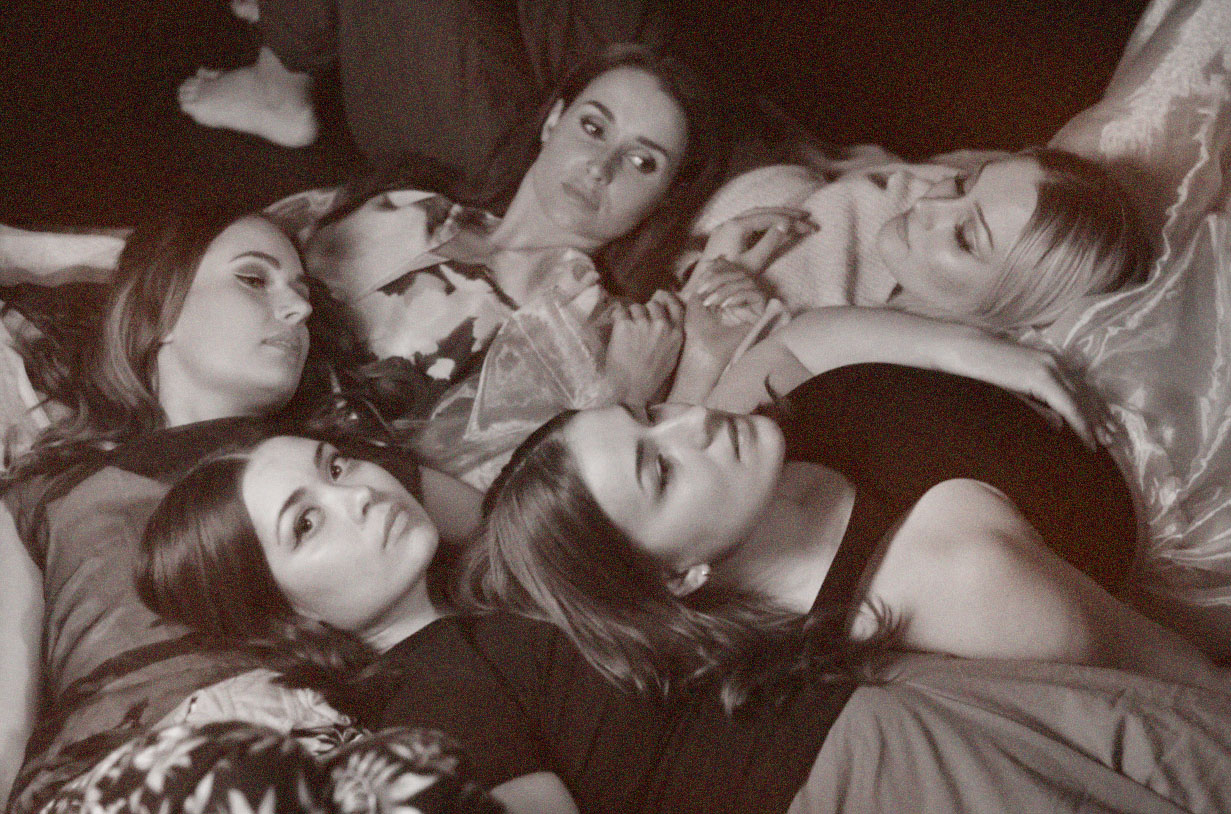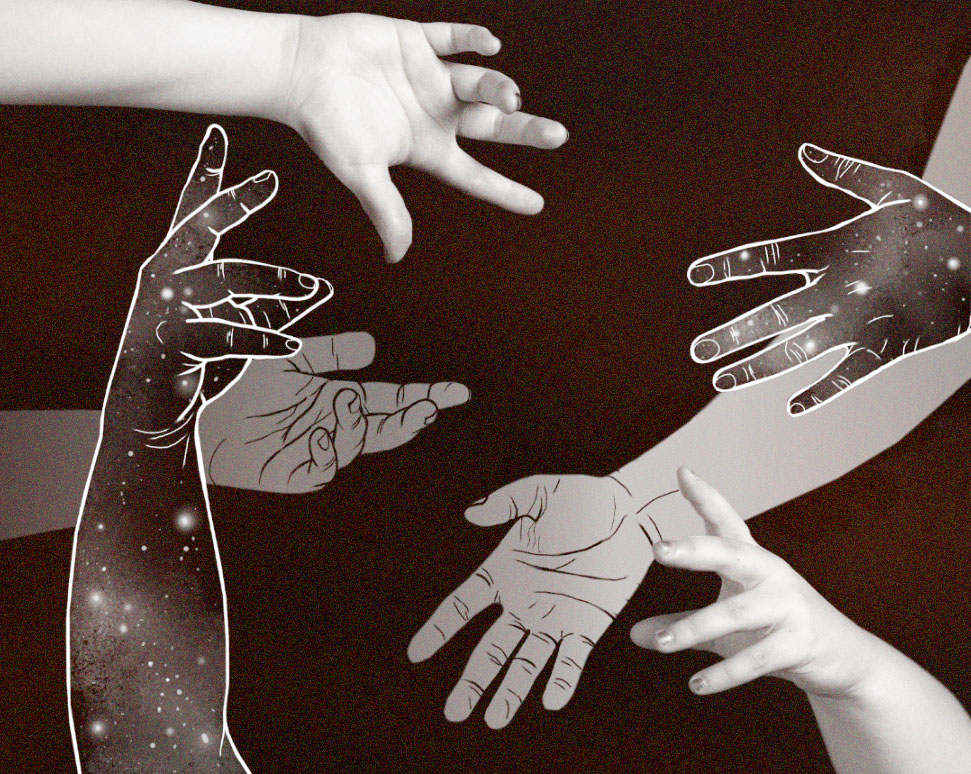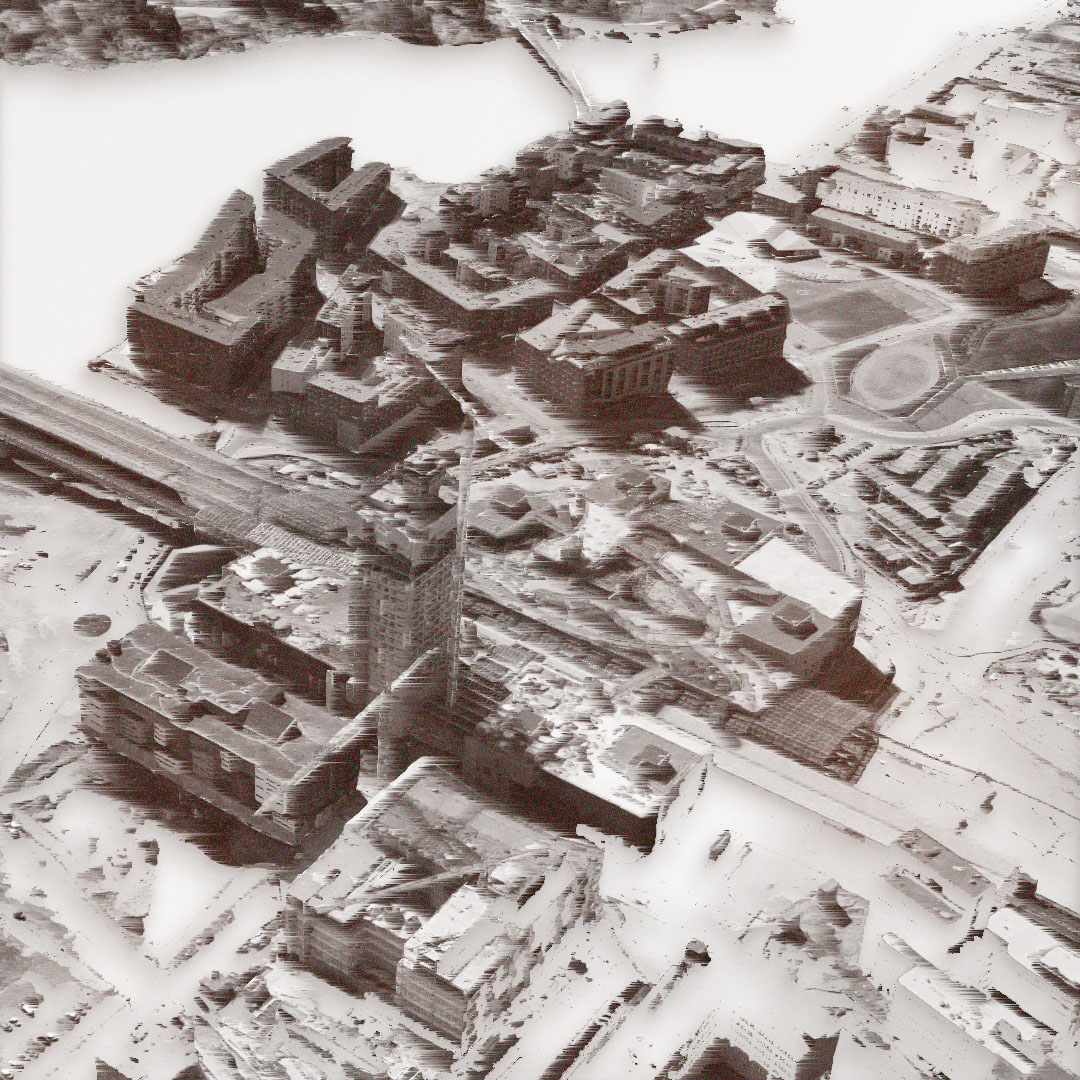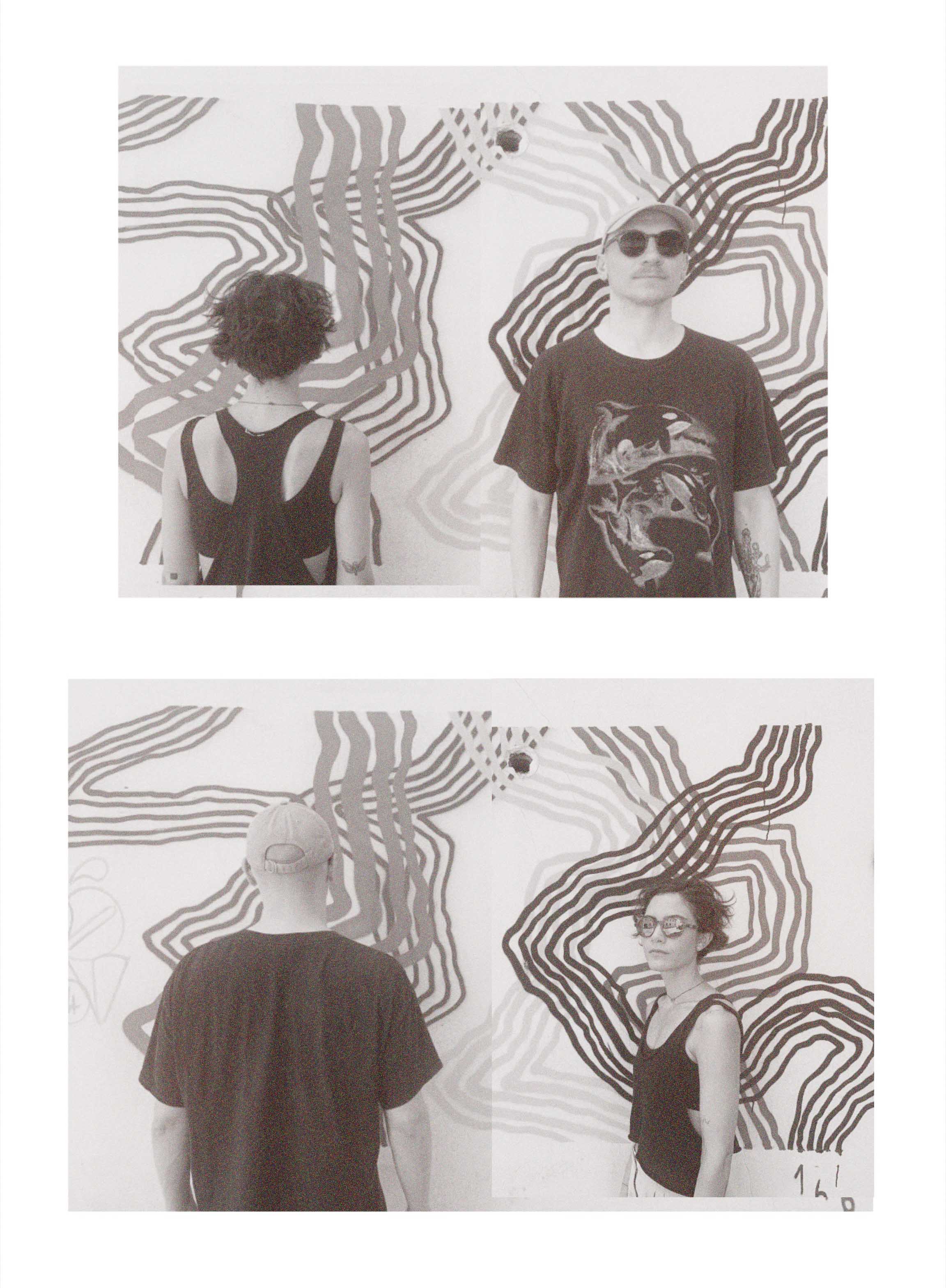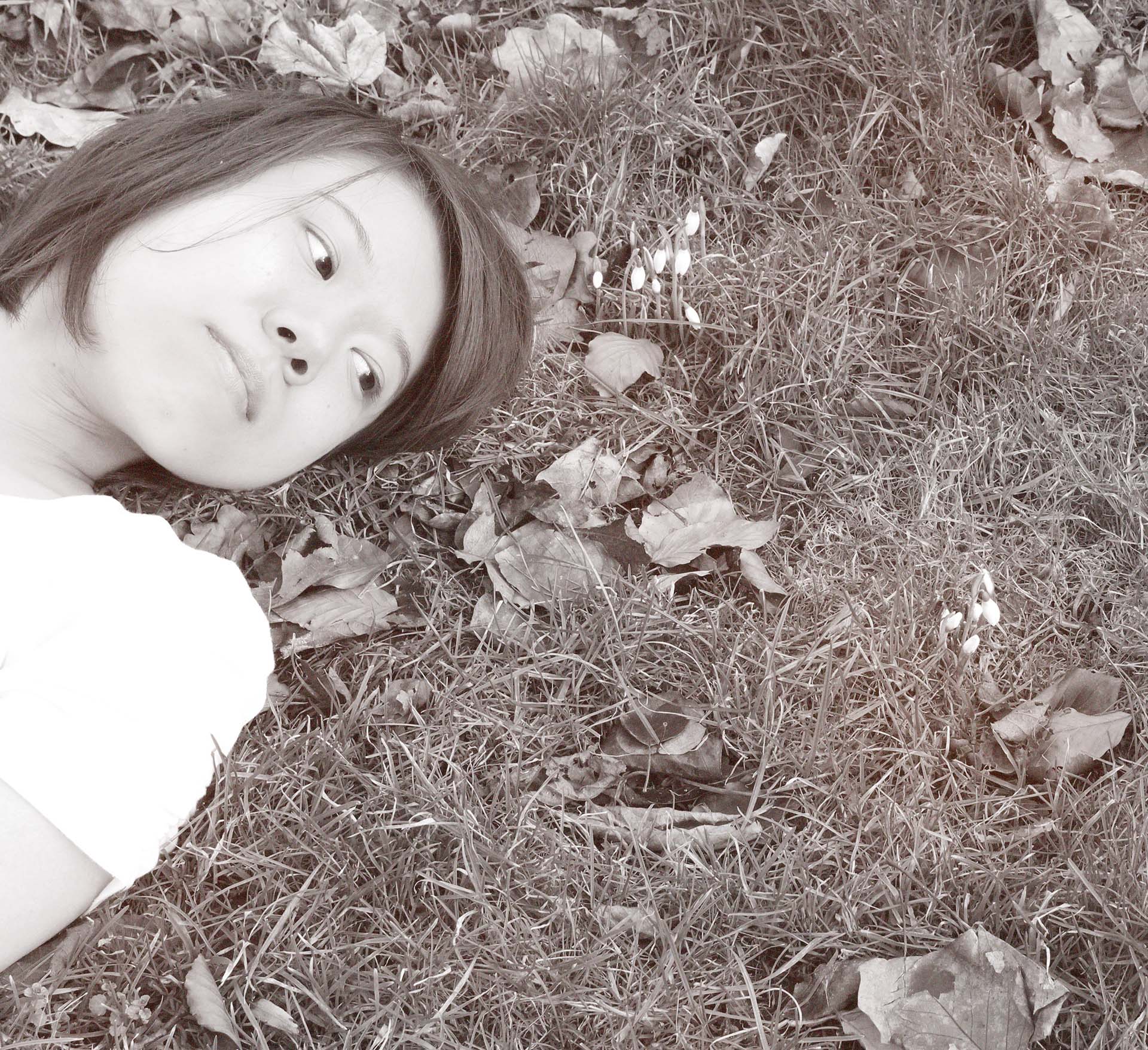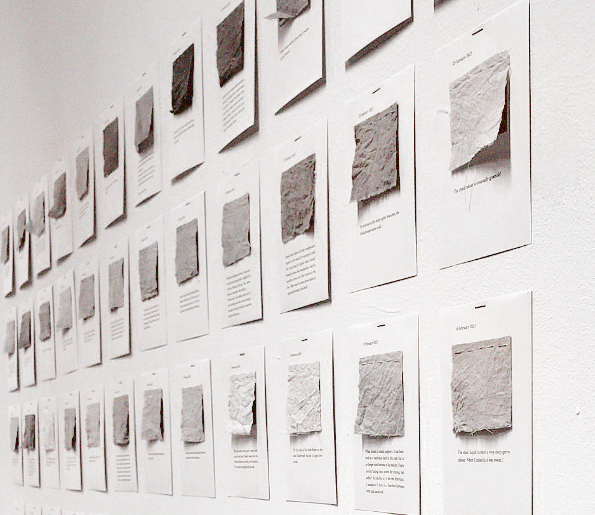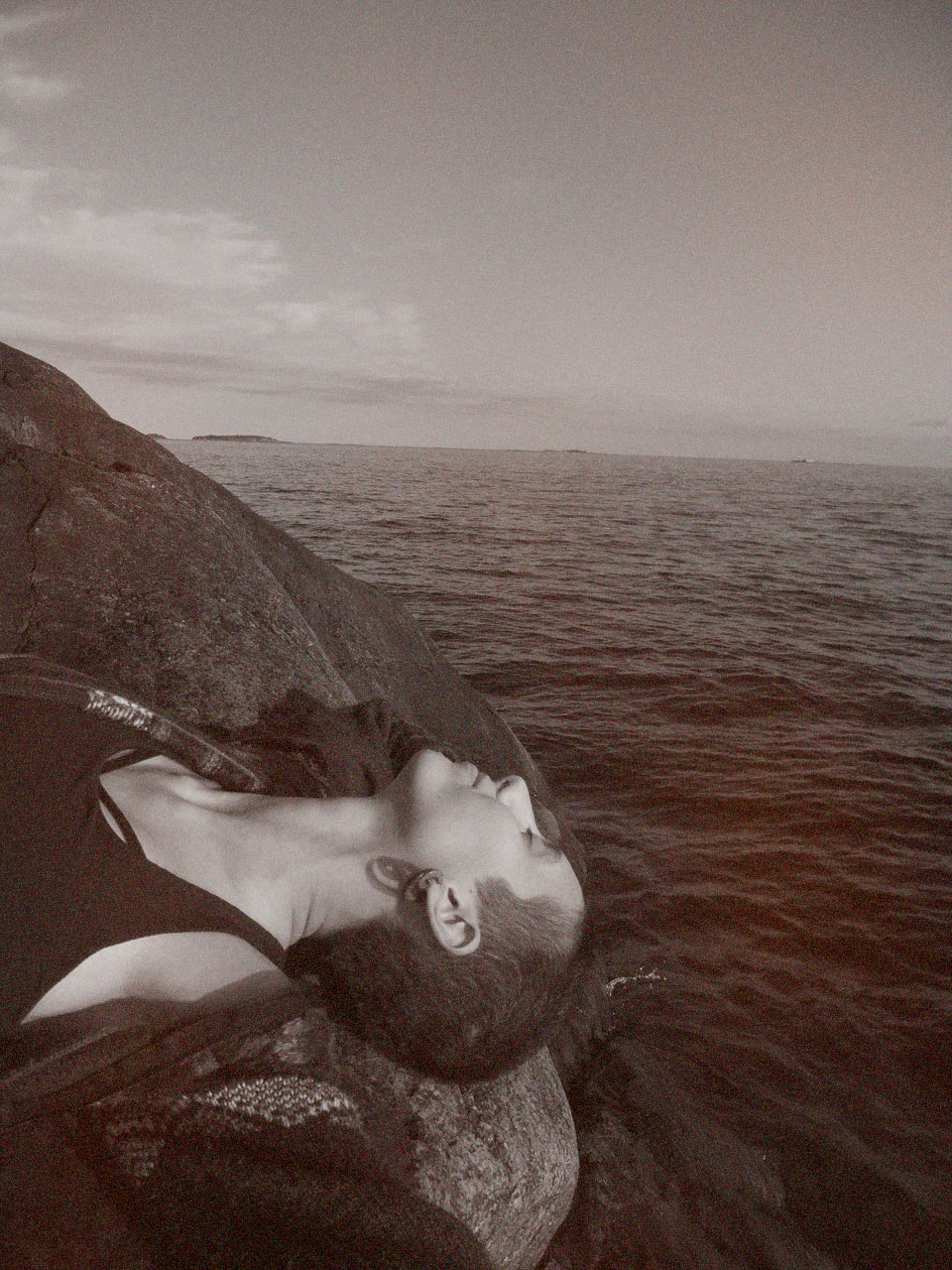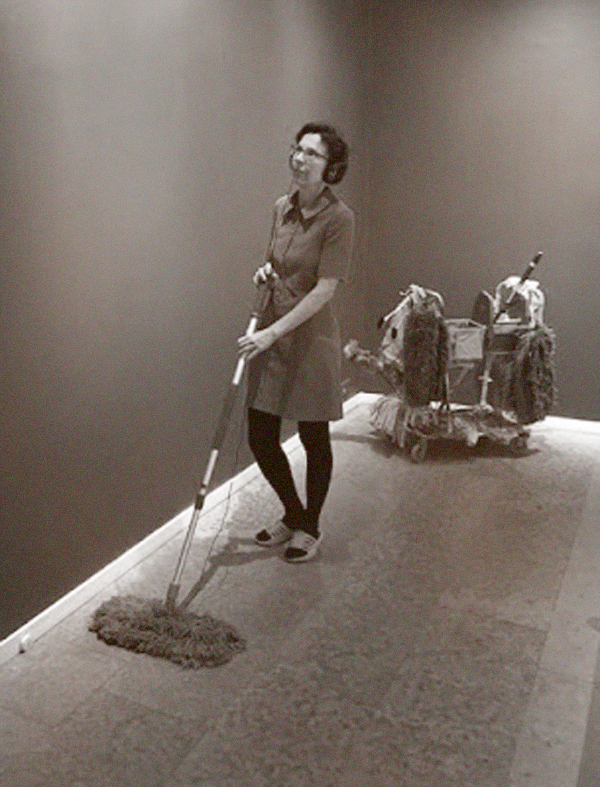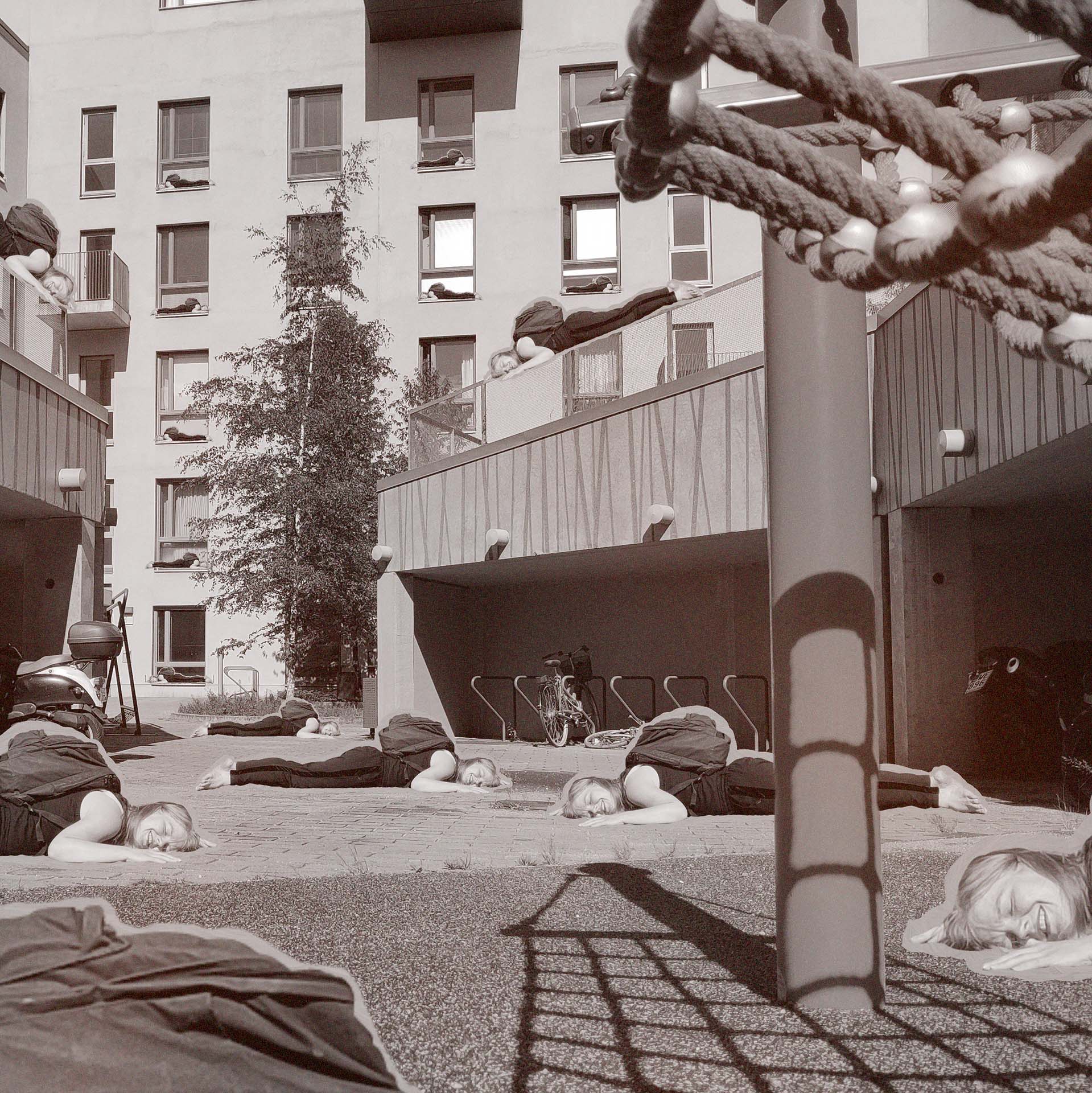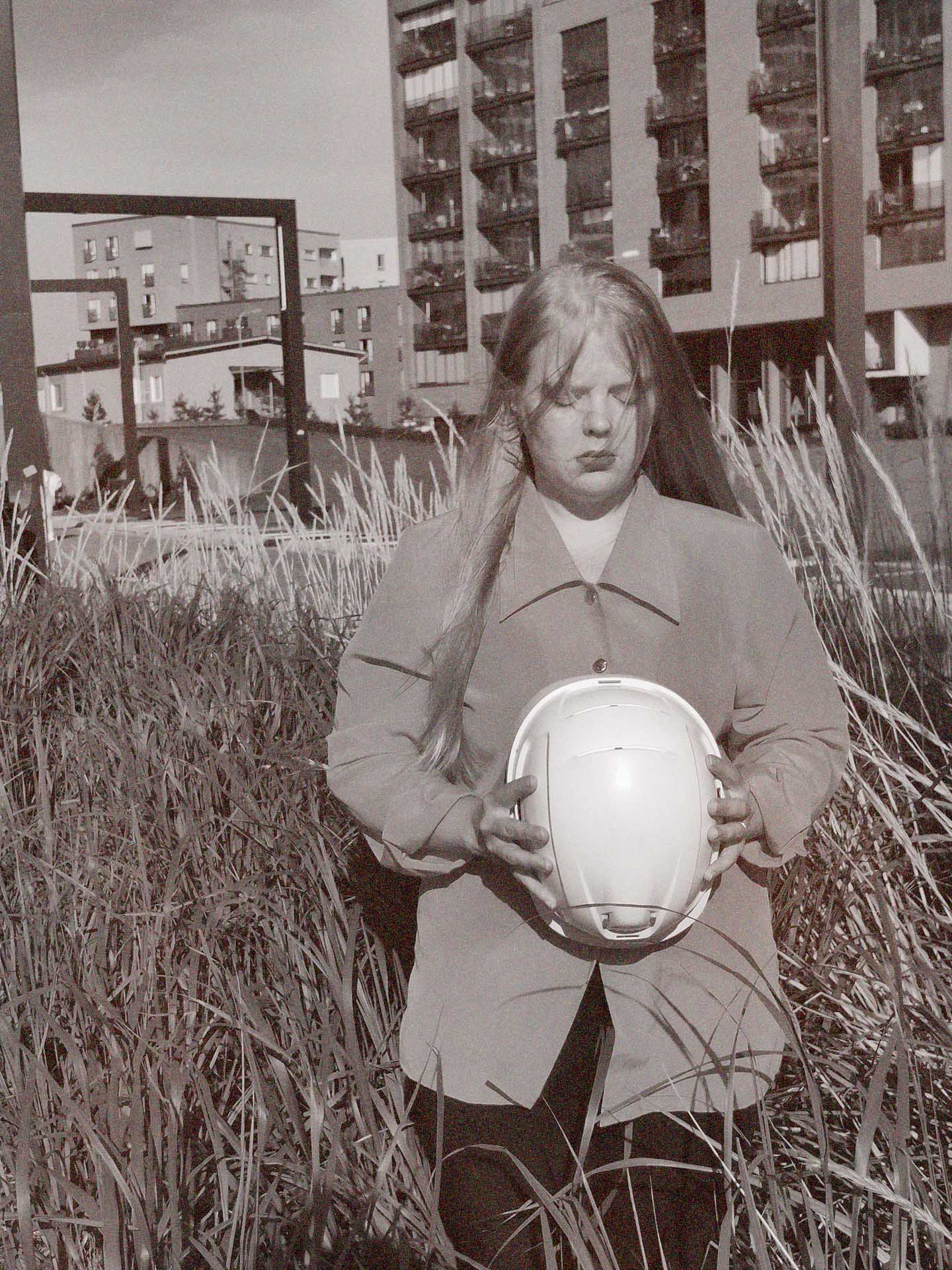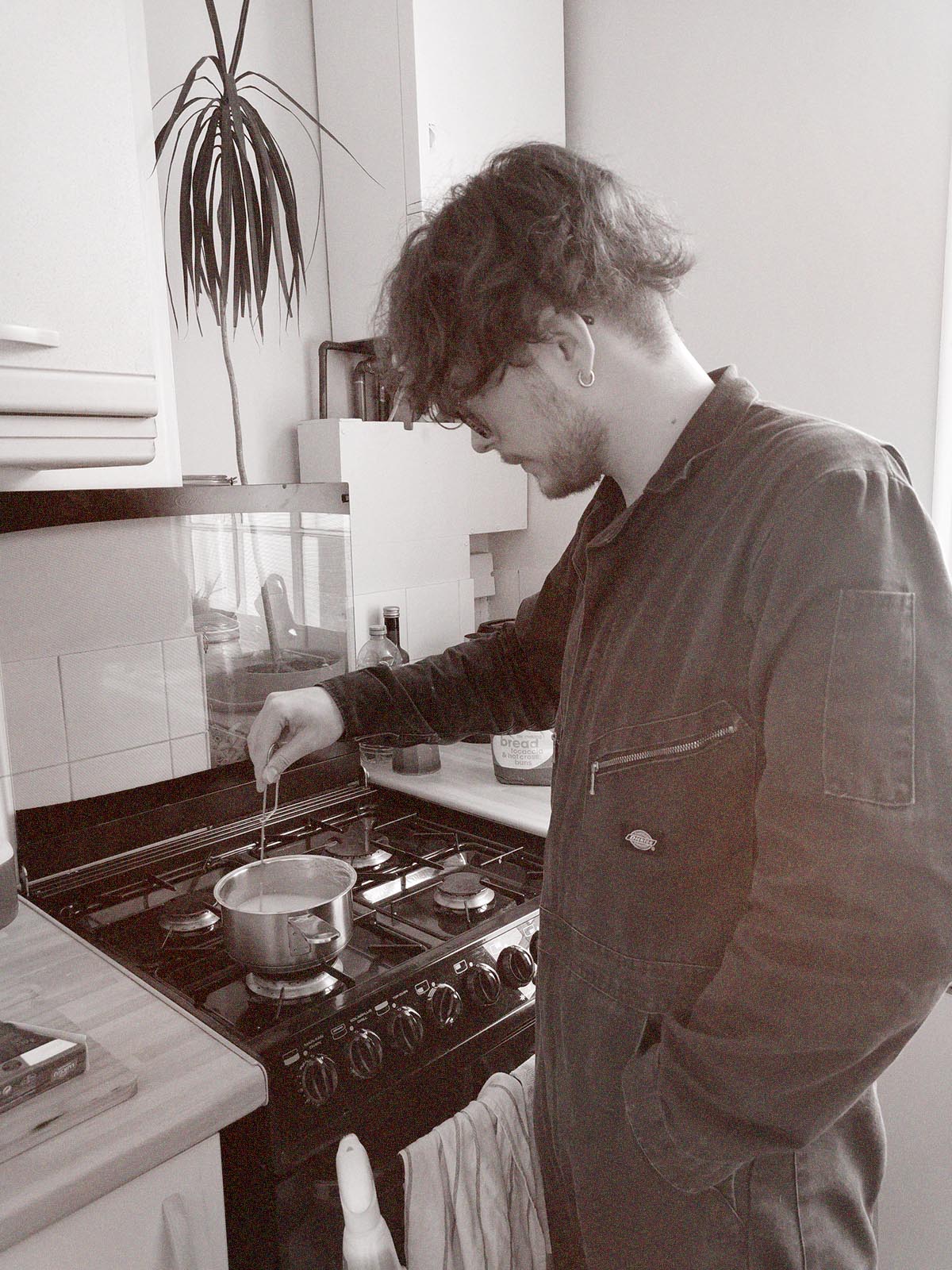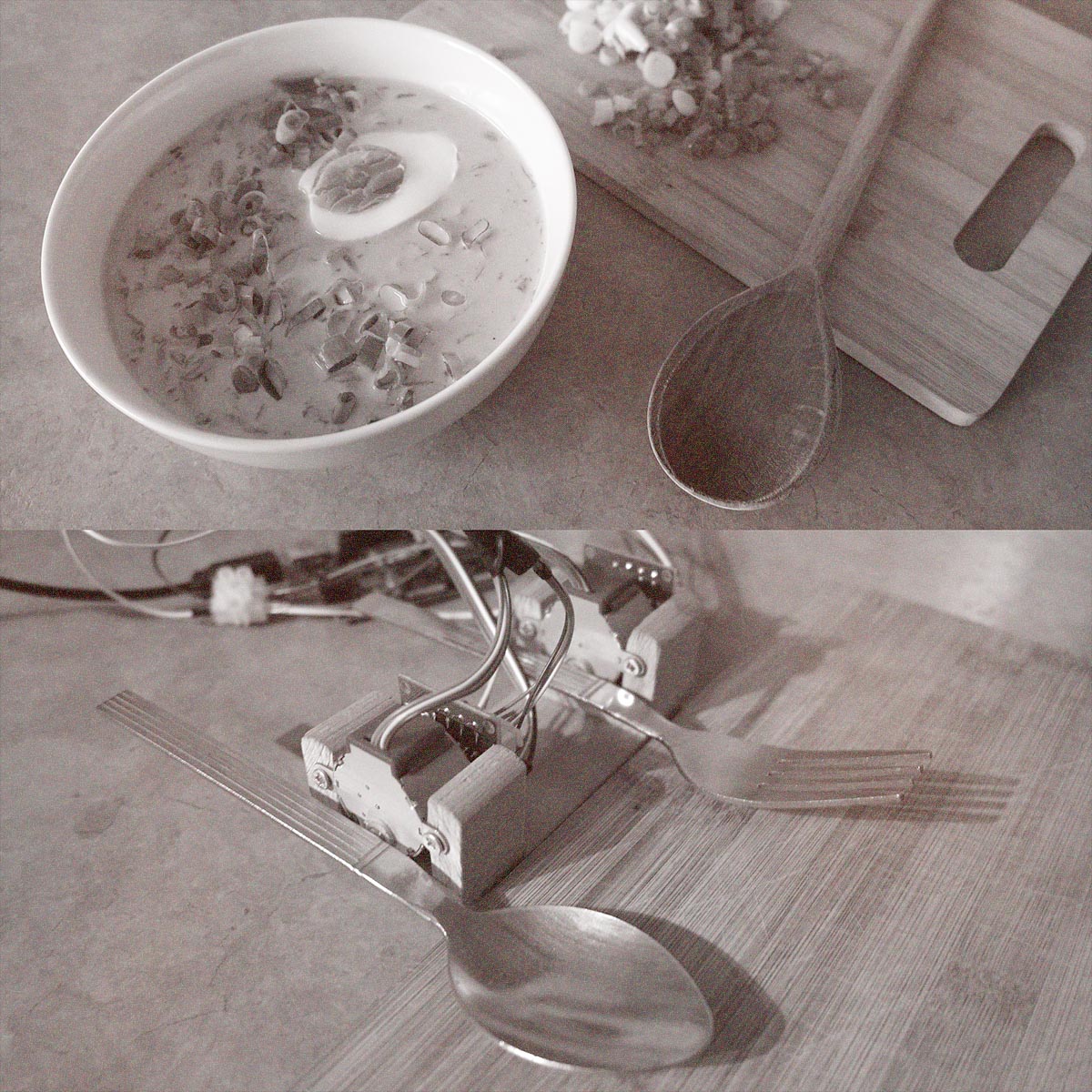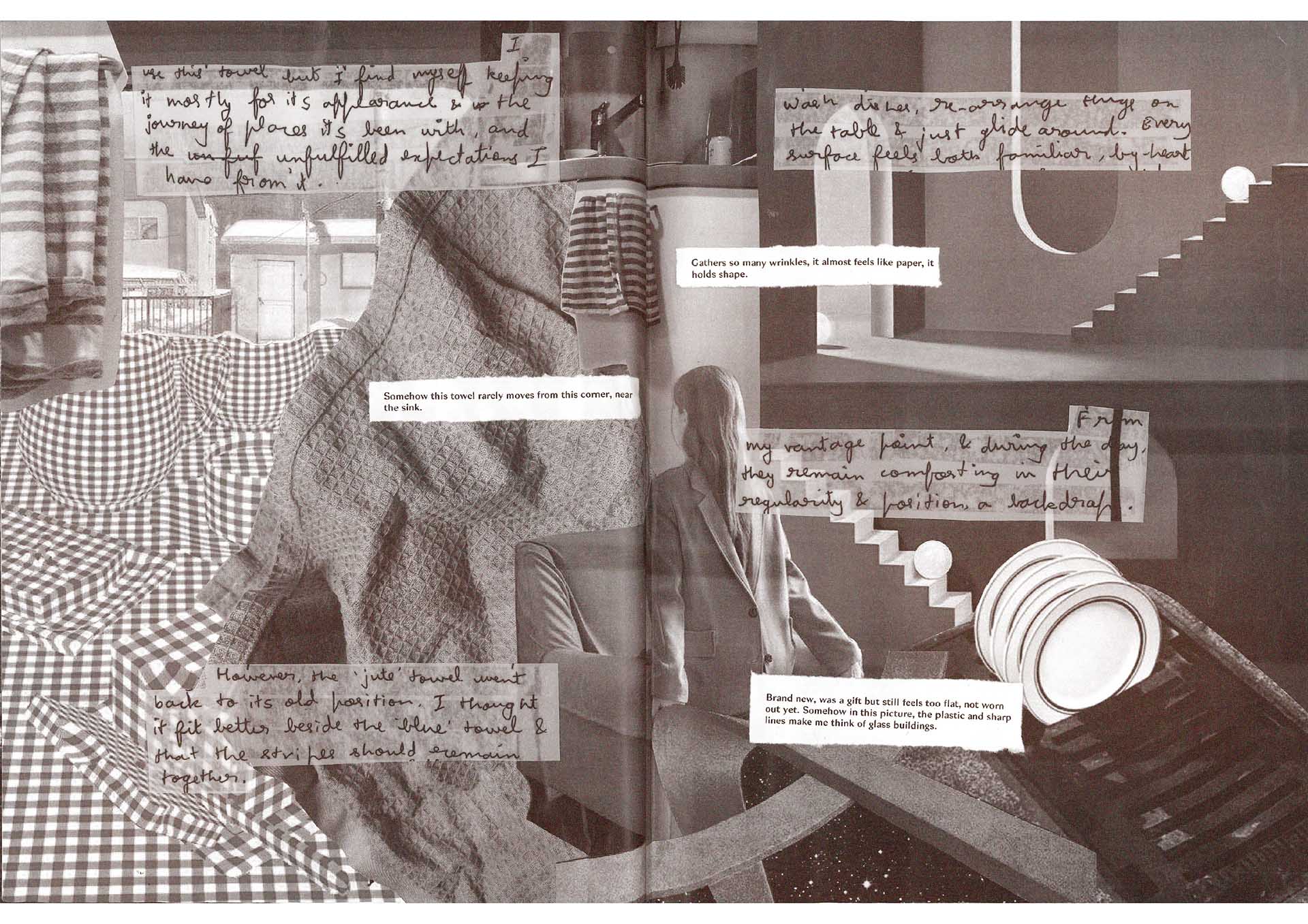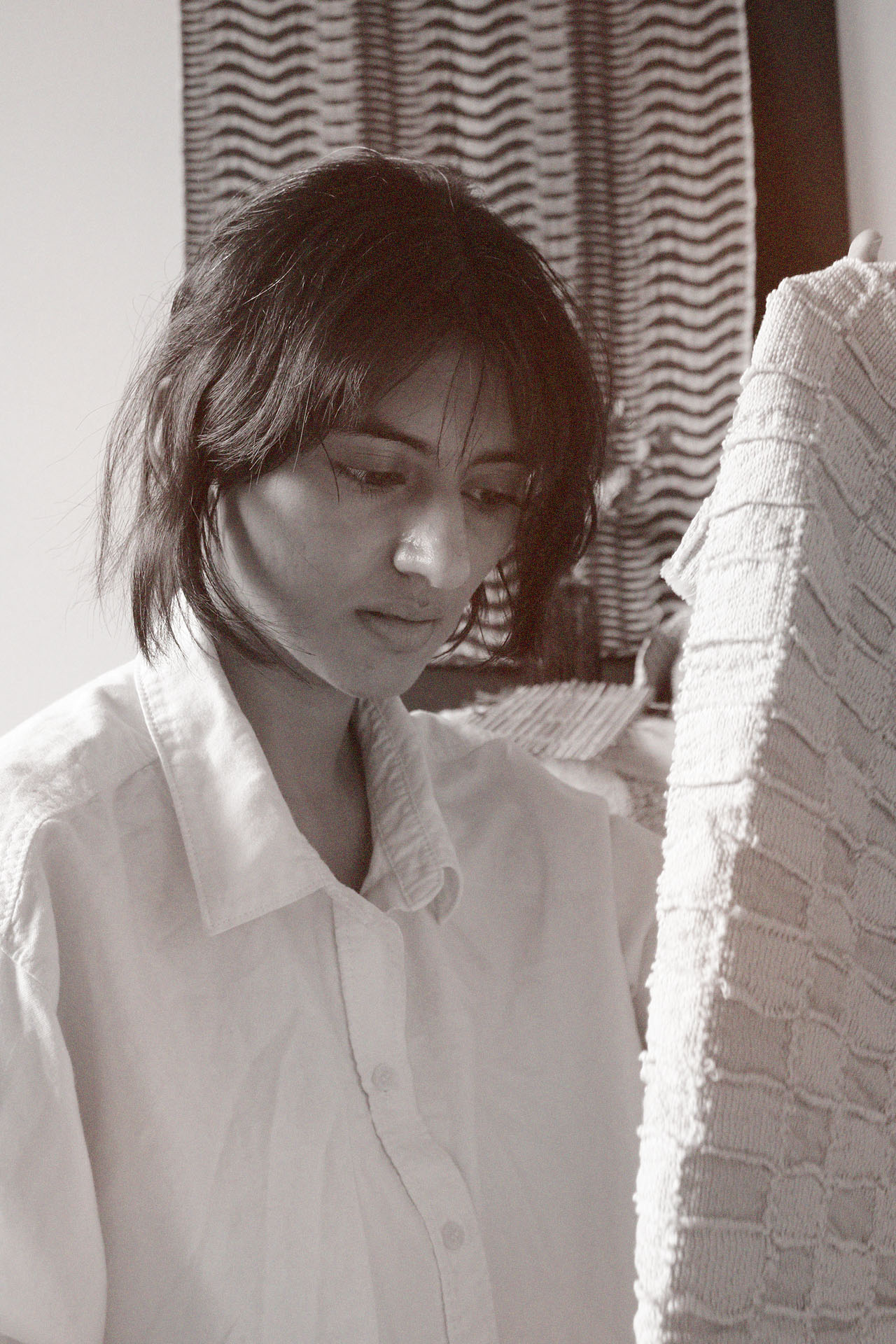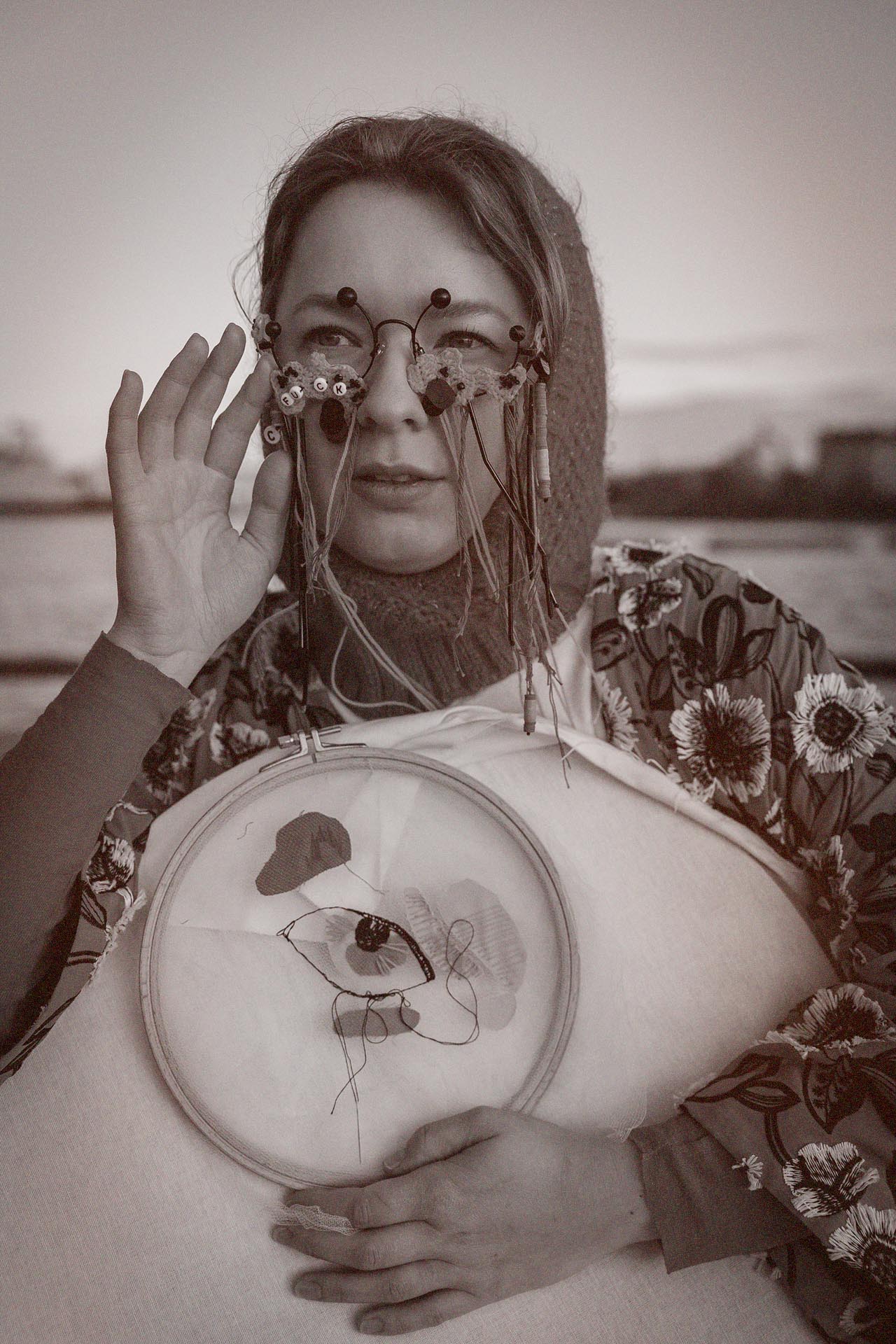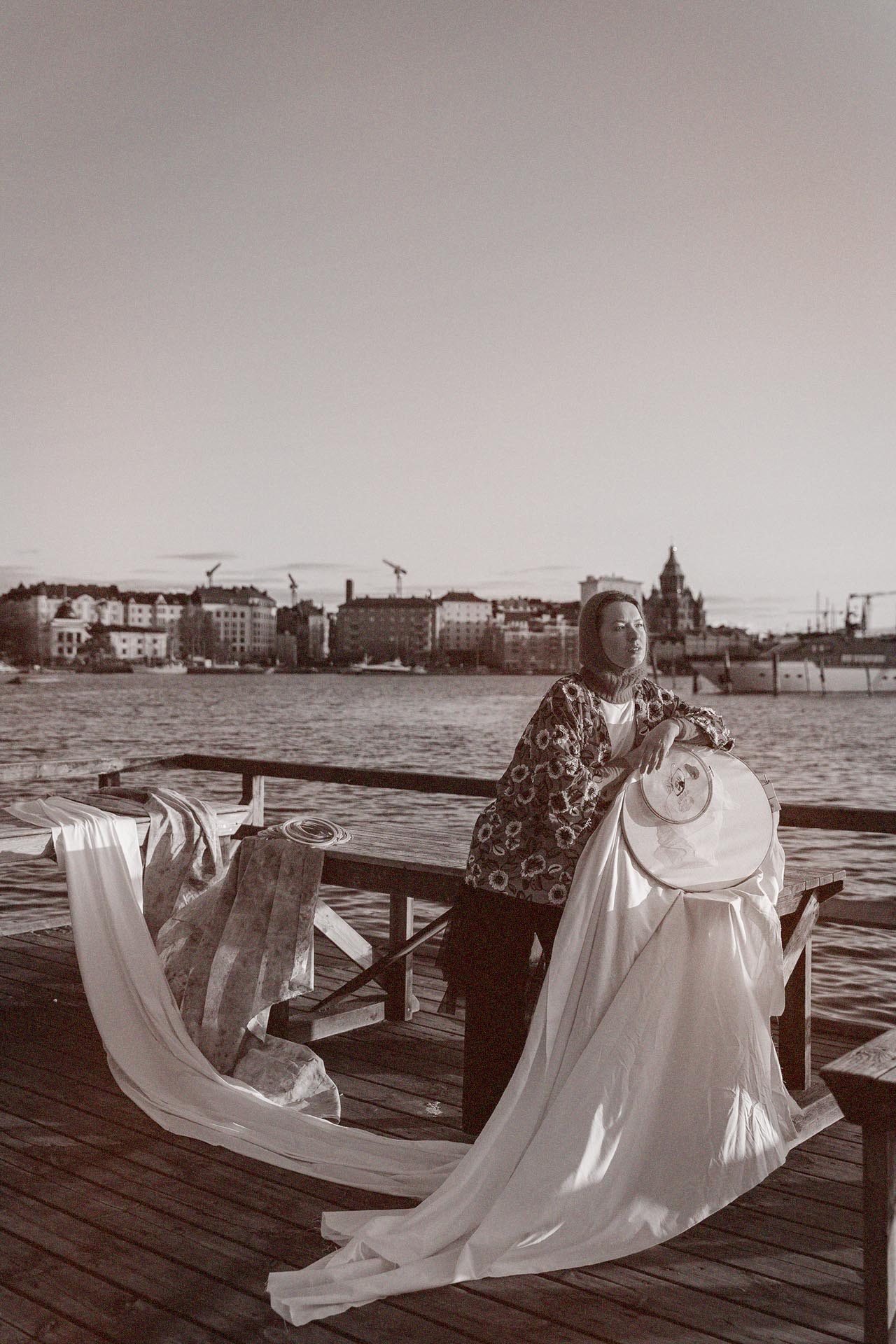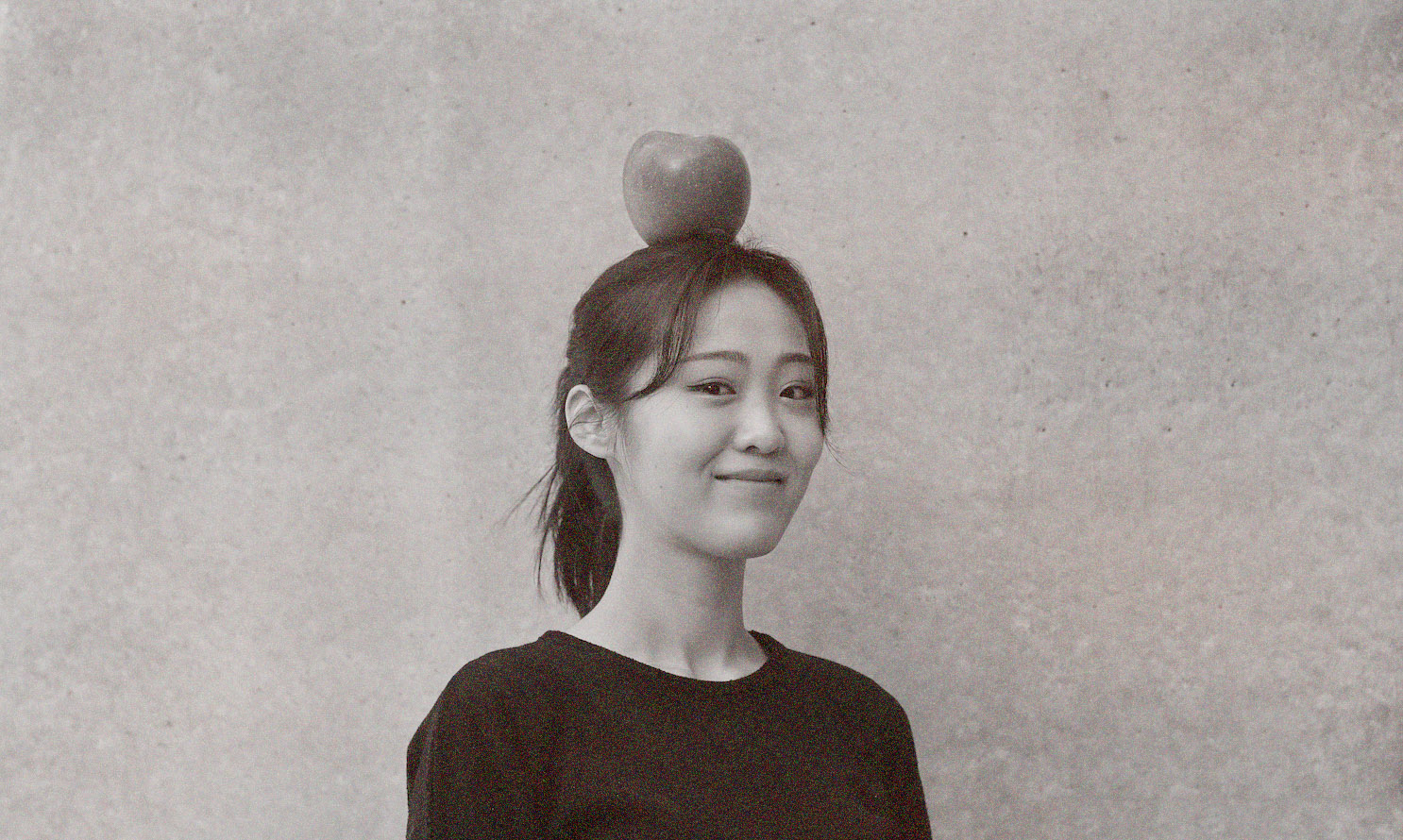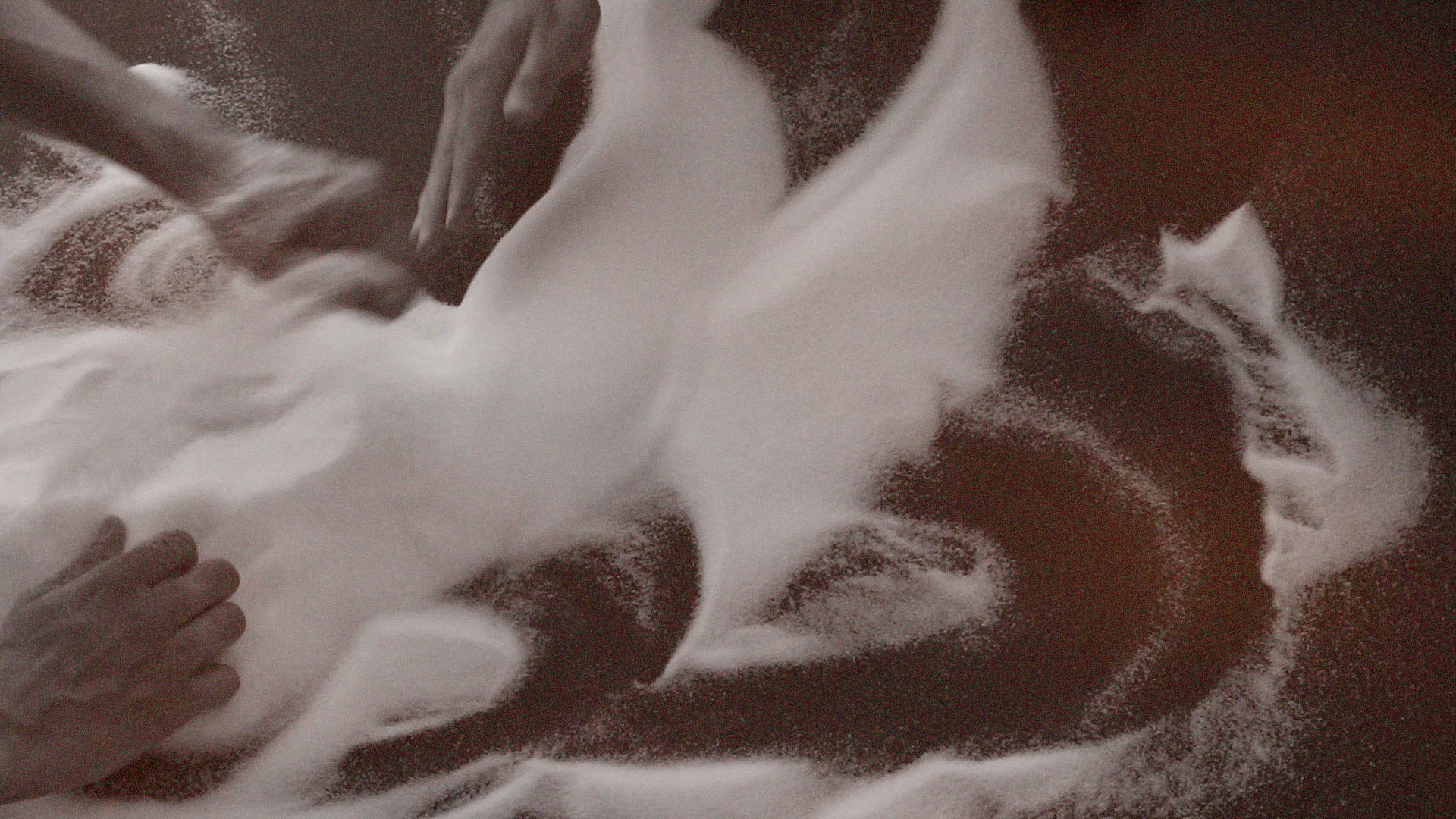MEET
/THE/ARTISTS
The 2023 edition of the festival revolves around the theme Invitation. The festival reflects on the meaning of home and the social interactions related to everyday environments. It explores the urban space of Kalasatama as a place of complex relationships to our surroundings, neighbors, plants, and others. The theme evolves in contact with the Kalasatama area, its inhabitants, and the artists during the Residency and workshops. The works invite the public to participate in various performances, to meet the artists over shared meals and teas, and to follow the stories of those encounters. The artists’ do research on and think about the role and importance of home; a clean and intimate space, its colours and tastes. They take a closer look at the concept of ownership and human interactions within and outside that space. Sometimes it is absent and even considered a wasteland. The selected artists explore the theme through multidisciplinary installations, growing and living artworks, dance, music, sound, participatory and site specific performances and textile pieces.
Read more about the works and artists below:
FESTIVAL OPENING PERFORMANCE
Kulminaatio will open the festival in Kalasataman Vapaakaupungin Olohuone on Friday 25.8.2023 18:00.
Noora Ali-Kirri, Alva Grüntahl, Pinja Haapala, Karoliina Heikkinen, Elisa Kallio, Eeva Komulainen, Olli Koskela, Peppina Pakarinen, Aino Poroila, Enja Seppänen, Katariina Tonttila, Elina Vuoksenmaa
Kulminaatio is an art collective based in Helsinki. The collective consists of multidisciplinary artists from modern dance, music, digital sound design, costume design and visual arts backgrounds.
Their first production Sokea Piste was performed in Espoo in August 2021 and second one, Emma & Elham in Helsinki in June 2022. Kulminaatio takes initiative to shed light on the blind spots of today’s society. For their work on using artistic methods to create dialogue they have been nominated for the Finnish Act for Dialogue 2022 -award and Ashoka Nordic’s Young Changemaker of the Year -programme.
Elham
2023, dance, spoken word, music and digital sound design
Elham is a modern dance piece that tells a story of poverty, exclusion and womanhood in Finnish society.
It explores the cycles that emerge in a life of material scarcity. What does deficiency feel like on our skin? Who are we when we have nothing? The choreography of the piece presents intangible phases that incarcerate the self when basic necessities are not met. It contemplates the boundaries that need to be broken so that the light of the thing we call “normal” can shed in.
As growth is an intrinsic part of human life, the piece is about detaching from those vicious patterns of survival by admitting how dependent we are on other people.
VERKKOSAARENKATU 7
Francesca Bogani Amadori (Lima, 1990) is an interdisciplinary artist based in Helsinki. Their work revolves around power dynamics and the shifting identities and agencies within them. Through mapping, walking, and active listening practice they delve into memory, embodied knowledge, and non-linear experience(s) to promote multiple narratives and other forms of knowledge production. Their work unfolds in the form of audiovisual installations, performances, soundscapes, sound maps, and different forms of texts. Currently, they are finishing their MA studies in New Media at Aalto University.
Henry Lämsä (Finland, 1987) is a designer and media artist currently based in Helsinki. He works with themes like identity, consciousness, borders (geographical and metaphorical), and all the ways humans define and control nature and its resources. He has a BA in Cinematography and is currently finishing his MA studies in New Media Design at Aalto University.
Can home be a wasteland?
Can a wasteland be home?
2023, visuals, soundscape, and mixed media installation
This work reflects on patterns of behavior in intimate, public, and liminal spaces in relation to the fast urbanization and the appearance of categorically defined places in the cityscape. By observing ways of being in various spaces we explore the notion of home as well as the forms we create home-ness outside the private, privatized, and defined spaces we inhabit. In wastelands, we find home, by finding comfort in the undefined and acknowledging the openness for a collective of stories to happen.
The installation seeks to open up questions about the over-expanding urbanization and its effects on the ways of being within the structured - mostly imposed - narratives that come with the development of defined spaces. Driven by the in-between spaces the project invites the audience to inhabit the installation, exploring it as a landscape, interacting and rearranging it to open up the possibilities of being in the space beyond transitory roles.
ANTAREKSENKATU 3
Nagisa Mizuno is an interdisciplinary artist from Japan. She is pursuing her MFA in the Global Art Practice programme at Tokyo University of the Arts, and is currently studying at Aalto University as an exchange programme. After majoring in International Development for her BA and working as a coordinator for international security issues at the Ministry of Defense in Japan, Mizuno changed her focus to more interpersonal issues. Her work incorporates an act of eating food to probe the ways in which we care about ourselves, others, and the surrounding environment. Through her art practice, she aims to create intertwined spaces of ‘fermentation’ in a playful way.
Eco Emotional Footprint
2023, Mixed media installation and performance
Through a daily practice of dyeing fabric with natural materials, the artist unveils hidden colours from her 'home' (Otaniemi / experimentally Kalasatama) that transcend beyond sight.
In this festival, she would like to invite participants to the tea party where she serves wild herbal teas sourced from her ‘home'. By incorporating the landscape in the form of the teas, she seeks to establish a profound connection between her body and the surrounding environment. You are welcome to join this multisensory moment to recreate and explore anew the landscape within their own bodies
Can colours be experienced even in darkness or with closed eyes? What hues and melodies can you hear from this tea room?
Zina Marpegan is an Argentinian artist and designer based in Finland. Often working with the complexity/simplicity of contradicting emotions in varying formats. They are currently finishing their Bachelor’s of Design at Aalto university and pursuing a Master’s in Visual Communication Design at the same institution.
Disgust as a home
2023, 3d printed food, fungus
A collaboration between 3 different actors: Human, Fungi and Computer. Each one has re-processed the poduct without having pure control over it.
This landscape of alien familiarites started by human-made 3d objects which were then interpreted by a food 3d printer. The human then arranged the prints and left it alone. This is when the fungi took over, processing what the compter, machine and human have created and making it it’s home.
One might look at this piece with a disgust that reminds us of that forgotten apple in the corner of a kitchen. But, if we try to look at the fungi expanding over these structures in this different context one might find curiosity and beauty. The artist invites you to inspire yourself with this landscape and think what kind of world it would be.
Leena Pylkkö is a visual and performance artist based in the small archipelago municipality of Taivassalo. She studied sculpture in the Academy of Fine Arts in Helsinki and graduated with a Diplom Freie Kunst from the Muthesius Academy of Fine Arts in Germany. She has held numerous solo exhibitions with her naivistic clay figures and participated in many art events with performances related to cleaning.
Kotisiivous Huisku / Hemstäd Vippan/ Cleaning Service Dust & Spray
2023, interactive performance
Cleaning a person's home is a kind of dialogue between the cleaner and the customer. While cleaning seniors' homes, I have strongly experienced how company and conversation are almost more important than cleaning. Cleaning has thus this spiritual side, which I have highlighted in my previous artistic performances related to cleaning.
My artwork in Kalasatama is a process in which I set up an office for a small cleaning firm, offering home cleaning to customers living in Kalasatama. I first receive customers and interview them about their cleaning needs and what they think about their home. 3 homes will be drawn from among the applicants, they will receive a real home cleaning from me for free. After all, I'm also a professional cleaner, and I've done private cleaning for many years in very different homes.
I ask the client what they thinks about having someone come clean for them right away. For example, does the customer teel the need to go and clean the places a bit by themselves first, so that the cleaner can come? Is someone ashamed of their home and why?
Marianne Turtio (b.1992) is a performance artist who combines performance practice with the theory of site-specificity. Marianne has a master’s degree in Visual Culture, Curating and Contemporary art at Aalto University. She also has a bachelor's degree in Performing arts. She has work experience from acting and performing to working as an art instructor and event producer.
In Marianne’s recent artistic works she researches the concept of space. She creates performances and video documentations inspired by the communication between her direct environment and herself; she is fascinated by different social themes which come up from that dialogue. Her heart beats for nature, urban spaces, sounds, interventions, other people and operating in public spaces. She finds her drive when questioning the actions of humankind by using forms of performance, bodily practices, sound - and video art.
The Home is Where I Step My Toe
2023, site-specific performance
In "The Home is Where I Step My Toe," I plan to research and explore different ways to turn a randomly selected place into a home. A place is a spot in the world to which humans assign meaning. I’m asking what happens if we give a randomly selected outdoor place the meaning of home?
I create a site-specific performance that takes shape through process-based working methods. I incorporate bodily practice methods and sound art in my performance. My working method involves visiting the selected space, immersing myself in it, and observing its details, history, meanings, and atmosphere. Through my artwork, I aim to highlight the observations and thoughts that the place evokes within me. I want to encourage the audience to slow down and experience the space alongside me. I firmly believe that different places have much to teach us; we simply need to pause, sense and listen.
SOMPASAARENLAITURI 6
Vytautas Bikauskas is a Lithuanian multimedia artist currently living in Helsinki, Finland. He has received his BA (Hons) in Interaction Design from the Glasgow School of Art, and is currently pursuing his MA in New Media at Aalto University. His practice is centered around time, rituals and labour. He also teaches Physics and is seeking spaces for shared art-science pedagogy.
the chopping, the stirring, the occasion
2023, communal cooking and mixed media installation
‘the chopping, the stirring, the occasion’ is a food artwork that involves the communal cooking, data gathering, and a data-driven soundscape of preparation. The kitchen is an emotionally charged environment that acts as a threshold of intimacy and trust – to ‘see the kitchen’ is to be allowed in and accepted.
First is a communal preparation of a traditional Lithuanian dish, a cold beetroot soup ‘šaltibarščiai‘. During the preparation, chopping sounds are recorded with surface microphones attached to the chopping board. The finished soup and conversation are shared between participants.
The collected data is replayed on a loop as a perpetual, endless ritual of preparing a meal for guests. Utensils set on motors gently hit the cutting board, recreating a domestic soundscape of anticipation and care. As the rhythm repeats, the before and after of a meal becomes blurred, the kitchen turns mobile, and the invitation echoes.
Anusuya Krishnaswamy (b. 1997) is a textile designer-maker based in Helsinki. With her practice she is particularly curious about woven constructions, and the intrinsic connection between the textile and the maker in the slow process. She is currently finishing an MA in Fashion, Clothing and Textile Design at Aalto University.
of the ordinary, in this ordinary
2023, mixed media installation consisting of woven textiles, collage on paper, and diary entries
of the ordinary, in this ordinary (2023) emerged from a moment of pause, when doing my laundry in the summer of 2022. Thinking about how textiles occupy innocuous positions, all around our everyday lives, I started to pay closer attention to my daily life, and particularly the routines surrounding my everyday textiles in my home.
I see myself as a ‘translator’ in this process, translating the experiences of my home into textiles and traversing across mediums in this process. With each medium transforming and adding to the initial experience and observations, daily life then is translated onto textile, embedded with the rich storytelling that lies in the everyday. The installation consists of these multiple ‘translations’ - woven jacquard textiles, a diary, sketches and a collage book and reflects on how the space of the home, and my experiences with the textiles that live in it, can make what appears to be ‘mundane’ and ‘ordinary’, into something that is full of life.
Poling Laamanen is a Russian-Finnish embroidery and textile artist currently based in Vantaa, Finland. With background in chemical engineering (MD) she experiments with textile modification and hand embroidery since 2016. After finding her own style of embroidery Polina published a book (3d realistic embroidery, 144p, EKSMO, Moscow, 2020) She was featured in the Vogue Scandinavia magazine in 2022 and the Embroidery magazine in 2023. In her recent works Polina is exploring combination of realistic botanical embroidery with Scandinavian graphic themes.
Kalasatama neighbour’s window
2023, embroidery installation
Kalasatama neighbour’s window
2023, embroidery installation
Do you imagine a life that a person lives behind a window you pass on the way to work? Was it a good day or a busy one when they left in a hurry leaving an unfinished meal behind? In this series of works Polina is exploring local food habits and home decorations which she reforms and imitates with hand stitching, textile modification and fabric. The installation is made in the old window frame found from local vintage shops on a thin transparent tulle. In the first window from the series you find Marimekko design plates and vases with a floral composition. In the Kalasatama window Polina is planning to play with food still life composition in addition to the flowers. The final piece can be experienced with different light setting that adds depth and perspective to the piece.
Jimin Hong (South Korea, 1997) is a practice-based designer based in Helsinki. Her practice integrates filmmaking, material research, and performance to question and create spaces for socio-cultural discourses. Her recent works explore territorial disputes, ecosystems, and beings threatened by biodiversity loss and climate change. She has a BA in Furniture Arts and Fine Arts and is currently pursuing an MA in Contemporary Design at Aalto University.
Possession to Nature

